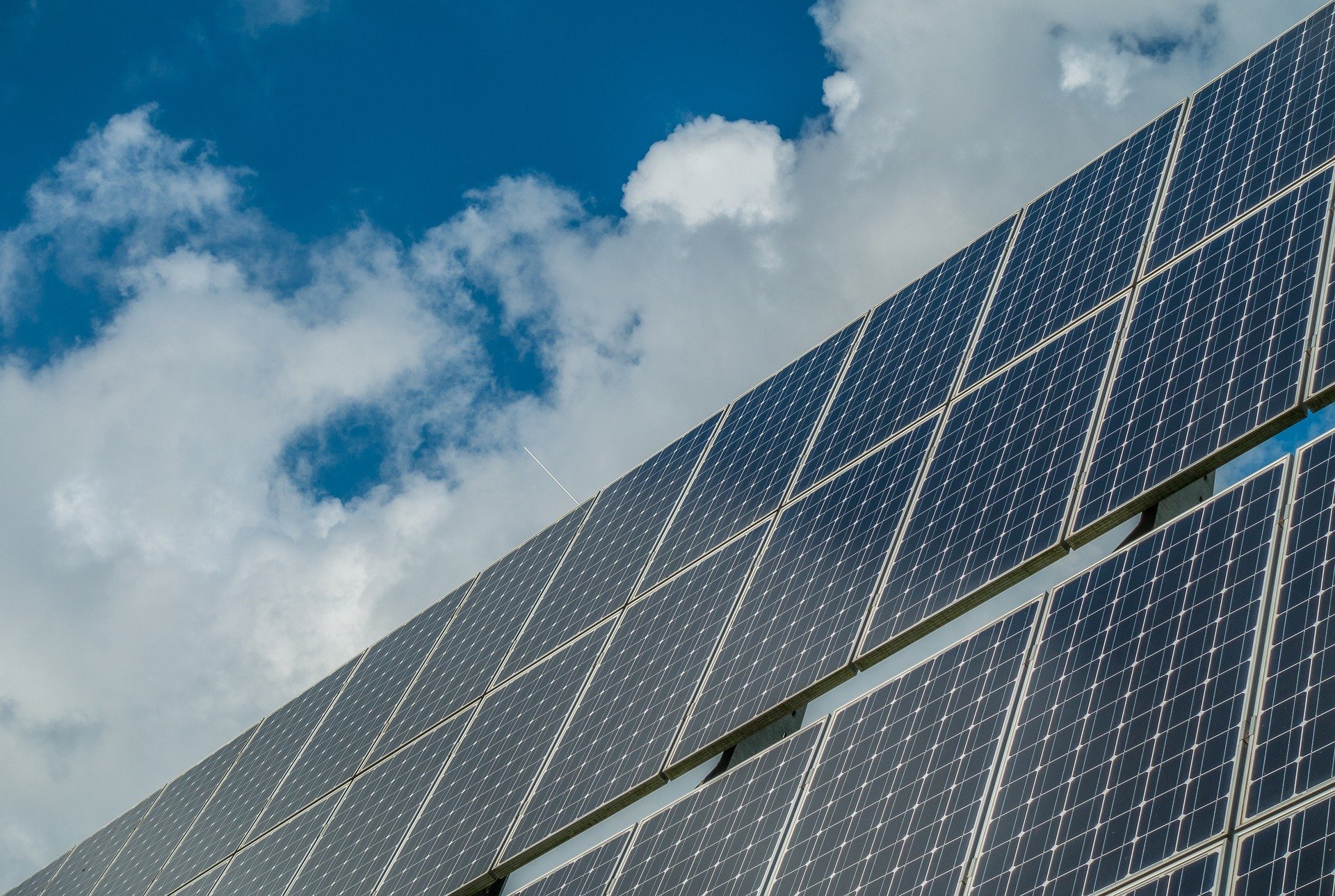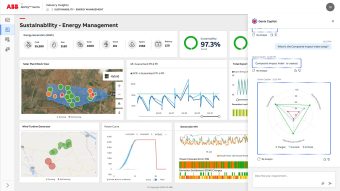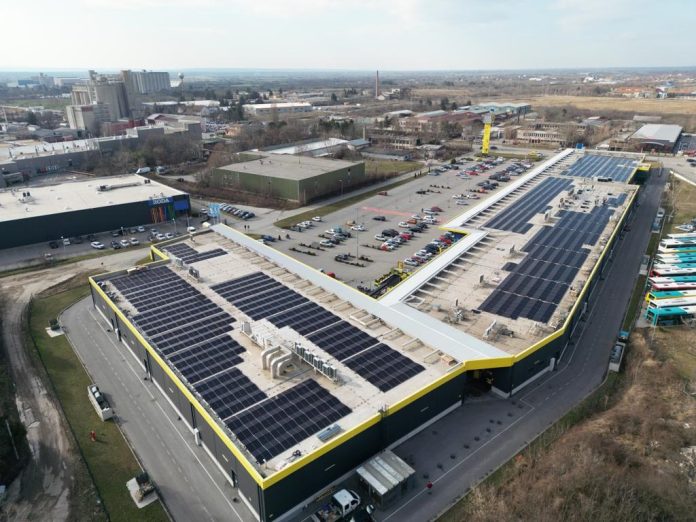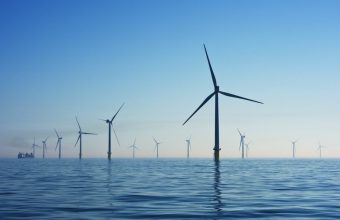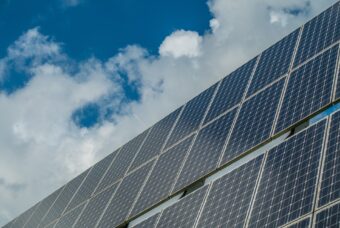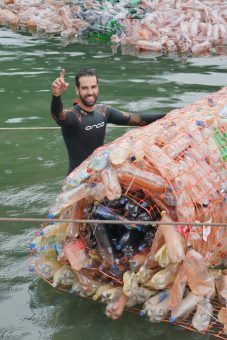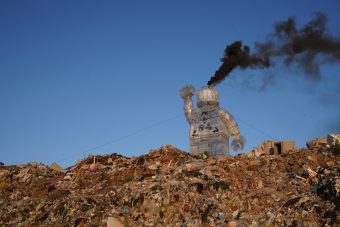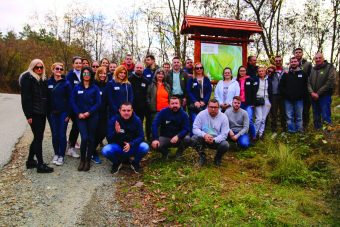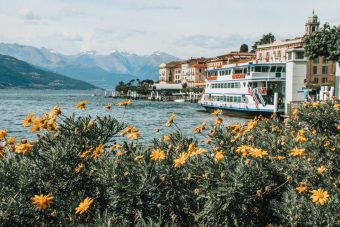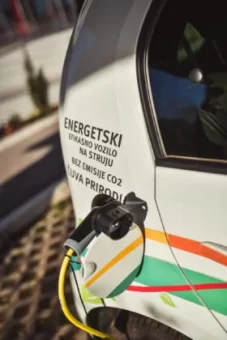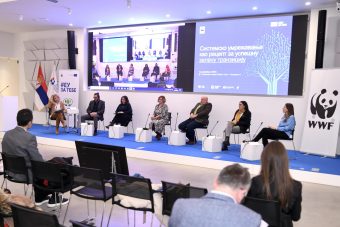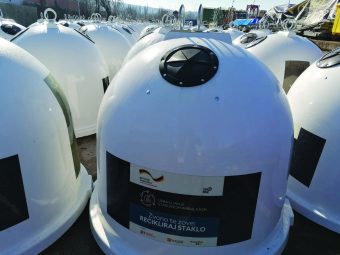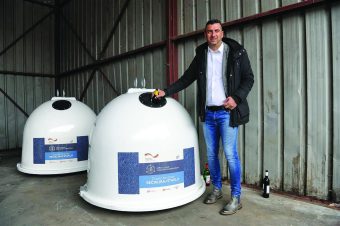
Energetik energija, the leading distributor of solar components, recently held a very successful meeting dedicated to business and cooperation in Belgrade. The meeting provided valuable insights and fostered new partnerships with current and potential clients.
The gathering was attended by various industry experts and stakeholders, who participated in informative and productive discussions on the latest developments in the energy sector. The meeting served as a platform for Energetik energija to showcase its expertise in this area and highlight its commitment to delivering innovative solutions to clients.
IN FOCUS:
- GREEN KILOWATTS FOR SECURE SUPPLY
- INTELLIGENT ELECTRIFICATION FOR THE INDUSTRY
- ENVIRONMENTAL PRESERVATION IN LINE WITH PRIORITIES AND STANDARDS
“The educational meeting was a long-awaited event that showcased the latest advances in photovoltaic technology. We achieved remarkable success, bringing together a diverse group of participants, including installers, builders, company engineers and potential clients from different regions. The meeting is designed to provide new solutions for photovoltaic systems and highlight the benefits of incorporating 2023 GUIDE TO BATTERY SYSTEMS into their operations. The guide is undoubtedly the most important tool created for each participant, a comprehensive resource that presents the latest technologies in the rapidly changing photovoltaic environment. It is a valuable tool for installers, builders, and company engineers, providing practical information on designing and installing PV systems that meet their customers’ needs and presenting various storage solutions. This gives attendees a holistic view of the options available and how they can be incorporated into their projects,” said Riccardo Frisinghelli, CEO of Energetik energija.
Integrating energy storage solutions into PV systems has been one of the most significant developments in the PV industry in recent years; the 2023 GUIDE TO BATTERY SYSTEMS is a key tool to help installers, engineers, and companies stay abreast of the latest developments in energy storage technology. The guide is designed to be accessible to everyone and at all levels of expertise. It provides practical information on designing and installing energy storage systems that meet customer needs while ensuring that PV systems are reliable, efficient, and cost-effective. In addition, the guide is a valuable resource for companies looking to expand their business into the energy storage market.
The guide has been translated into Serbian and is available only to subscribers of the www.energetik.si newsletter. Subscription is available for all photovoltaic professionals. To sign up, simply write 2023 GUIDE TO BATTERY SYSTEMS in the message box, and you’ll receive your copy of the guide shortly.
Source: Energetik energija
Read the story in the new issue of the Energy portal Magazine ENVIRONMENTAL PROTECTION

